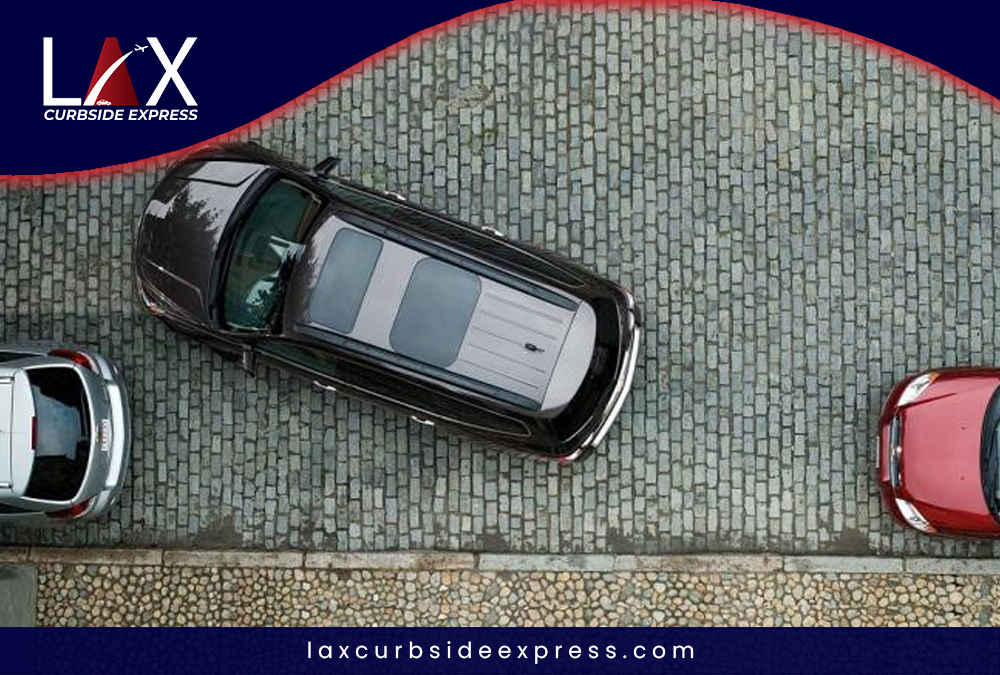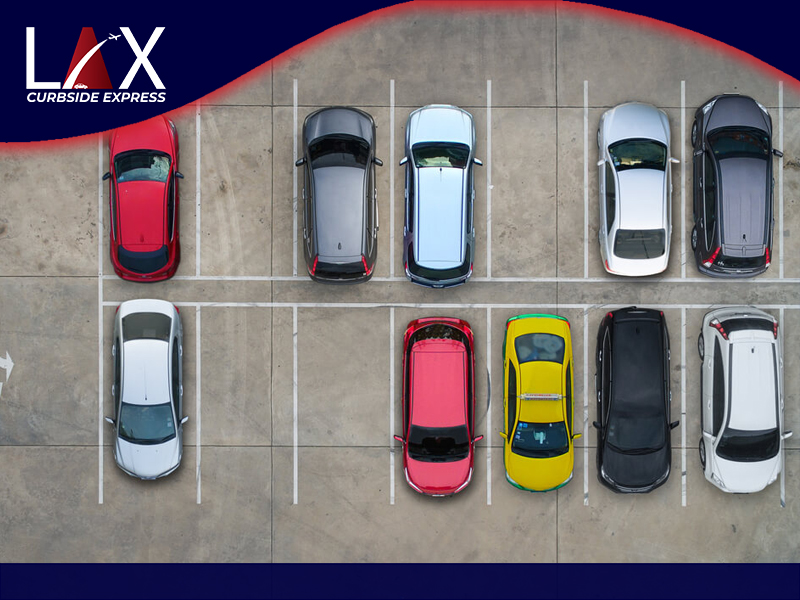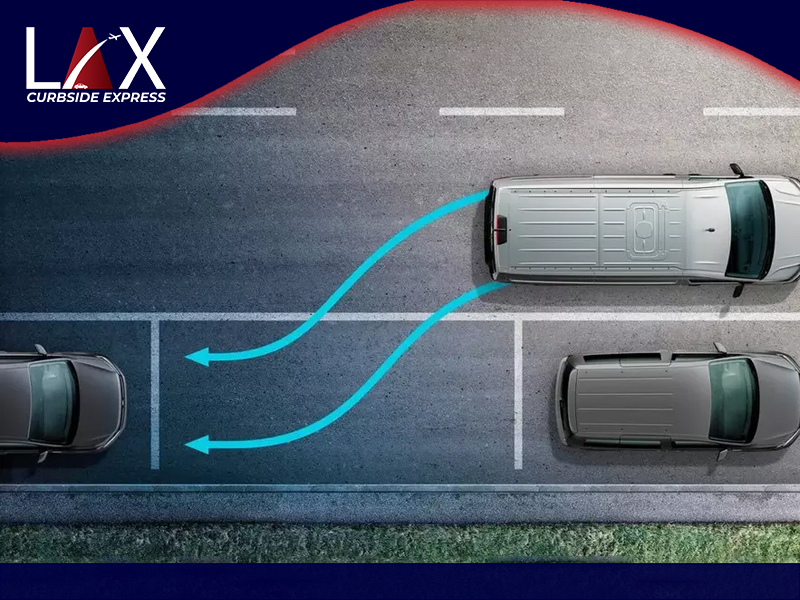
Expert’s Guidelines and Tips to Park your Car Between Two Vehicles
Park your car between two other vehicles is a skill that most drivers can’t master without a little practice. Knowing how to do it correctly is important to avoid legal complications, accidents, and inconvenience.
First, you need to locate a suitable parking space. This can be done by driving around the block until you find a spot with enough space for your vehicle. You can also hire a car valet service if you want to park in any restaurant or airport etc.
Position Your Car
The best way to park your car between two other vehicles is to use a technique known as parallel parking. This type of parking requires some maneuvering and practice, but it can save you time and frustration by allowing your car to fit between the other vehicles without wriggling them out of the spot first.
Start by lining up the rear bumpers of the other vehicle and positioning your car so that it is level with its back bumper. This may be tricky, especially for longer vehicles, but it’s worth the effort if you are lucky enough to have access to an empty lot or an even larger open space.

Once your car is aligned, it’s time to reverse the car a little. Ensure you’re not backing into oncoming traffic, and check your mirrors for pedestrians or other drivers in the area. Once you’re safe to do so, select the reverse gear and turn your wheels – preferably in a creeping fashion where you feather the clutch and accelerator.
The other way to position your car in a space between two cars is to reverse back into the doorway. This requires a bit more skill but isn’t hard to master if you can find a space at least five feet longer than your car and position it correctly. When you’re ready to go, signal your intentions and let the other driver know that you are in the process of backing in.
Turn Your Wheels to the Right
You must ensure you are positioned correctly when parking your car between two other vehicles. This can save your life or property in the event of a crash. It can also help other drivers avoid hitting you and your car.
When you park, you should always turn your wheels to the right. This is because it will stop your vehicle’s momentum and prevent you from rolling into traffic if the brakes fail.
You should also ensure your wheels are aligned properly when driving downhill or uphill, depending on whether the hill has a curb. This is so that the tire on the side of the curb will touch it.

To make sure you are parked in the correct position, look through your rear window and the mirror on the driver’s side to check for cars on either side of you. You can also use your wing mirrors to help you judge the car’s position behind you.
Once you are sure that the driver’s side of your car is lined up with the mirror on the back of the other car, turn your steering wheel slowly. You should be able to see the other vehicle’s front bumper through your window.
Finally, you should pull your car slowly forward until it is parallel to the other car. Leave about 3 feet (one meter) of space between your car and the other one.
When you are done, signal to inform other drivers that you are parking. Then, take your time to park your car correctly. This can help you avoid accidents and make you feel more comfortable.
Back-Up Slowly
Before you begin backing up, taking a good look both ways behind you is important. This will give you a better idea of how long the space is and whether it’s safe to back up. You should also check the mirrors for oncoming vehicles and pedestrians.
When you find a space large enough for your car, signal and slowly drive past it. This will allow you to check the parked cars on either side for obstacles that may block your way or cause an accident.
Once you’re sure that there is no problem, turn on your blinker to alert other drivers that you’re about to back up. Then, position your car so that its rear bumper is aligned with the front of the parked vehicle on your right. This will be about twelve to eighteen inches from the parked car on your left.

A common mistake that many drivers make when they back up is not looking both ways before reversing. This can be dangerous, as it can prevent you from seeing other cars that might be in your way or a pedestrian who might approach you.
Try once LAX Curbside Express to eliminate the stress of car parking. Another important factor in backing up is the performance of your network. If your network is slow or has a bad connection, backups will be much slower. These problems will often show up in your network logs.
Turn Your Wheels to the Left
Turning your wheels to the left will ensure that your car doesn’t roll into oncoming traffic when you park between two other vehicles. To do this, ensure there is at least a vehicle-and-a-half’s worth of space between your car and the vehicle ahead.
You can check this by looking at the other car’s rear bumper and aligning your back wheels with theirs. Then, slowly begin to back up until you’ve cleared the other car’s front passenger door.
While you’re reversing, watch your rearview mirror to ensure you don’t hit any other cars in your blind spot. If you don’t see any other cars, it’s safe to start reversing.
When you’ve backed up enough to clear the other car’s rear bumper, cut your wheel sharply to the left and continue reversing until your car is fully inside the spot. Be careful to avoid hitting the curb and causing an accident.
Read Also: Holiday Travel Tips – 8 Ways to Find Peace at the Parking Lot
Once you’ve parked between the two other vehicles, set your parking brake and exit your car. It’s important to use the emergency brake anytime you park, especially on a hill or slope, to ensure your vehicle doesn’t roll into traffic if your brakes fail.
When reversing, it’s also best to keep your front wheels angled away from the curb while parking on a hill. This way, if your brakes fail, the curb will stop your car from rolling and prevent it from being hit by oncoming traffic.
Pull Forward
If you plan to park your car between two other vehicles, you should always pull forward as far as possible. This will make it less likely that other drivers will accidentally hit your vehicle’s rear end while driving past. It will also allow you to move your front end into the space more easily.
To pull forward, start by turning your steering wheel to the right. Back up slowly until the back driver’s side corner of your vehicle is lined up with the front driver’s side bumper of the vehicle behind you.
Once you’ve positioned your vehicle correctly, turn the steering wheel to the left and reverse into the space. Keep checking your mirrors while you are reversing and straightening out the wheels of your vehicle as you go.
Before you begin parking, it’s important to check your wing mirrors and blind spots for other drivers or road users who may be coming from behind. These can be cyclists or pedestrians, and they could try to overtake you as you move into a bay.
Conclusion
Once you’ve found a spot, indicate your intention to parallel park by turning on your right turn signal so that other drivers and road users know what you’re doing. This will also let them know to give you enough room to move into the space and leave a clear space in front of your vehicle.
FAQs
How to Parallel Park Between Two Cars?
Parallel parking can be one of the most daunting tasks for new drivers, and it is often one of the skills that road test examiners will ask you to demonstrate.
It’s crucial to leave enough space between your car and the parked vehicle in front of you and the empty slot at the end of your line of vehicles. This will give you room to maneuver and prevent you from hitting any of the other vehicles in your lane when you pull out.
How Do You Park Uphill?
Parking on a hill can be tricky, especially if it’s your first time. But if you’re careful, it can be easy to do.
If you’re parked uphill, turn your front wheels away from the curb. This will protect your vehicle from rolling downhill in case the brakes fail.
What is an Angle Parking?
When you park your car in a parking lot, the most important thing is to ensure it doesn’t block traffic. This can lead to a ticket or your car being towed away.
There are three main types of parking: perpendicular, parallel, and angle. Each has its merits and demerits.
What Are the 4 Types of Parking?
Parking your vehicle is a skill you must master throughout your driving life. Whether you drive a car every day or only occasionally, learning to park well will save you time and make your trip more enjoyable.
